Photo: Getty Images.
The conflict between the US, Israel and Iran is rapidly escalating. According to Israeli sources cited by the Daily Mail, the US and Israel may attack Iran in the coming weeks. The decision to take military action is linked to growing concerns about Tehran's nuclear program and its growing influence in the region.
Tensions in the Middle East have risen sharply since US President Donald Trump threatened Iran with an unprecedented military strike and more sanctions in late March if Tehran refuses to negotiate a new nuclear deal. According to Axios, Donald Trump sent a letter to Iran's leadership, giving them two months (until the end of May) to begin negotiations. The letter was reportedly harsh in tone, stating that the consequences of refusal would be dire.
Israel sees the current political situation as a “perfect opportunity” to put pressure on Iran. According to Israeli officials, such a moment may not come again. They also point out that the progress of Iran’s nuclear program is approaching a critical stage, causing alarm in the international community.
In addition, Israel accused Iran of being involved in the October 7, 2023 attack, causing a new wave of conflict with the Hamas movement.
Tehran’s response was swift. Supreme Leader Ayatollah Ali Khamenei said the country would “crush” any provocation or aggression from the US or Israel. He also put Iran’s armed forces on high alert. Iran warned its neighbors — Iraq, Kuwait, Qatar, the UAE, Turkey and Bahrain — that any support for a potential US attack, including the use of their airspace or territory, would be considered a hostile act with severe consequences, according to Reuters.
Amid the growing crisis, Iran has expressed its desire to engage in indirect talks with the United States through intermediaries, notably Oman. Iranian Foreign Minister Abbas Araghchi said his country was ready to discuss its nuclear program and sanctions under conditions of mutual trust but ruled out a return to the terms of the previous deal, claiming that Iran had “significantly advanced” its nuclear capabilities. Tehran would act on the principles of protecting national sovereignty, he said.
The US has deployed an unprecedented number of B-2 bombers to Diego Garcia ahead of possible attacks on Iran. Photo: Planet Labs.
Although Khamenei has refused to engage directly with Washington, Iranian President Mahmoud Pezeshkian has expressed interest in talks, stressing the need for “equal dialogue” without threats or coercion. However, within Iran’s political hierarchy, Khamenei holds ultimate authority and his stance remains decisive.
Amid the rapidly escalating confrontation between Washington and Tehran, the world is watching with bated breath, trying to understand whether the current standoff will become a prelude to all-out war or remain limited to limited military action and diplomatic pressure. Signals coming from the US, Israel and Iran suggest that the situation is on the brink of an abyss and that any misstep could trigger a large-scale regional conflict with consequences far beyond the Middle East, potentially affecting the entire global security architecture.
For the US administration, securing concessions from Iran that would allow for a new nuclear deal, one that is significantly tougher than the one reached under President Barack Obama, is of paramount importance. While Democratic administrations have largely focused on curbing Iran’s nuclear program in exchange for sanctions relief and partial reintegration of Tehran into the international community, Donald Trump and his team are pursuing a much more radical agenda. Their strategy goes far beyond the technical limits of nuclear activity. The Republican administration’s goal is to systematically and permanently weaken Iran as a regional power, dismantle its geopolitical influence, and neutralize the entire network of alliances that Tehran has built over the past two decades.
The strategy is focused on countering the so-called “Shiite Crescent”—a network of political, military, and ideological ties that spans Iraq, Syria, Lebanon (primarily through Hezbollah), and Yemen (through the Houthis). For both the United States and Israel, the crescent represents a significant threat, as it strengthens Iran’s position in the Middle East and extends its sphere of influence to Israel’s borders and near vital U.S. interests in the Persian Gulf region.
Israeli Prime Minister Benjamin Netanyahu has played a key role in implementing this anti-Iran strategy. His long-term goal is not only to protect Israel from a potential nuclear threat, but also to achieve a strategic victory over Iran as a hostile state. Netanyahu has always maintained a tough, uncompromising stance toward Tehran, viewing it as an existential threat to Israel. He has made no secret of his interest in Israel's direct involvement in operations to neutralize that threat. Moreover, his views resonate widely in the American Republican leadership, and it is this alignment that today significantly shapes US foreign policy toward Iran.
Iranian soldiers take part in annual military exercises on the coast of the Gulf of Oman and near the strategic Strait of Hormuz, in Jask, Iran. Photo: Getty Images.
It is no coincidence that in many statements by US officials, the focus is not on preventing Iran from acquiring nuclear weapons, but on “eliminating the threat” posed by Iran. In this context, the nuclear program is just one component of a much larger geopolitical game. For Donald Trump, it is important to demonstrate determination and strength, both in foreign policy and in domestic opinion, especially ahead of another election cycle. Successfully pressuring Iran and concluding a “new, better deal” could be a major political victory for him, especially when contrasted with the approach of the Democrats, which he often criticizes as weak and naive.
But the situation is complicated by the fact that Iran is approaching the negotiations from a very different position than it did in 2015. According to intelligence estimates, its nuclear program is much further along than it was before, and its political leadership has publicly stated that a return to previous terms is impossible. At the same time, Tehran has expressed a willingness to engage in indirect dialogue, demonstrating a degree of flexibility, but only if it is not seen as surrender.
The current tensions in the Middle East are taking place against a backdrop of profoundly changed geopolitical realities, in which the projection of force has become the main tool of diplomacy. Washington, under the leadership of Donald Trump, seeks to convince Tehran that its refusal to negotiate will lead to serious consequences – from increased economic pressure to limited military action. The entire US strategy is now built around the concept of coercive diplomacy: creating conditions that force Iran to return to the negotiating table, but this time on terms more favorable to the US. This approach is not new, but in its current form it has become much riskier.
A scenario involving precision strikes on Iranian infrastructure – particularly sites associated with Iran’s nuclear program or military bases of its allies in Syria, Iraq, Lebanon or Yemen – is highly likely. Such interventions may be called “limited” or “preventive” in order to avoid escalation, but in reality they could have unpredictable consequences. However, a full-scale war between the US and Iran seems unlikely at this stage. The costs of such a conflict are simply too high. Washington understands that an open war with Iran would inevitably draw in other players, destabilize global energy markets and set off a chain reaction of conflicts across the Middle East.
However, there is an important variable in this equation - Israel. Unlike the United States, Israel does not see a conflict with Iran as a risk, but as a historic opportunity. After the tragic events of October 7, 2023, when a large-scale war with Hamas broke out, Israel entered a state of high military readiness, while increasing its mobilization and political will. In the new reality, Tehran is the main source of threat in the minds of the Israeli ruling elite, and the idea of dealing a decisive blow to Iran is no longer considered a last resort, it has become part of strategic thinking.
An Israeli Air Force F-16 fighter jet flies over the northern Israeli city of Yokneam Illit. Photo: AFP.
Israeli leaders may try to use the current international situation as an opportune moment to eliminate the Iranian threat. The possibility that Israel could initiate a serious escalation on its own, through strikes on Iranian territory, cyberattacks, or provoking retaliatory actions through proxy forces, remains very real. Such actions would be aimed at drawing the United States into a more active role, including potential military intervention, under the pretext of defending an ally.
Such a scenario is not unrealistic. The United States could be drawn into a major war not by its own strategic choices, but by alliance commitments and political pressure. History offers many examples of how the actions of an ally have triggered the entry of a larger power into a conflict that was never its original priority.
At the same time, the region has entered a period of profound transformation. The events of October 2023 marked a watershed moment, signaling the end of the illusion of stability based on a fragile balance of power. The role of informal alliances is growing, the influence of non-state actors is expanding, and the security architecture in the Persian Gulf and the Eastern Mediterranean is undergoing significant changes. In such an environment, any large-scale change, be it political, economic or military, is inevitably accompanied by conflict. It is in this context that the current tensions take on a particularly dangerous dimension: this is not just a struggle over the terms of a new agreement or control over a particular region, but a battle for the future order of the Middle East.
A particularly important element in this emerging geopolitical configuration is the strategic partnership between Iran and China. In recent years, this alliance has grown significantly, becoming a key component of a new multipolar global architecture. Iran is not only one of China’s closest partners in the Middle East, but also a key link in Beijing’s Belt and Road Initiative. In addition, Iran is a key participant in the International North-South Transport Corridor, which connects Asia with Europe and is actively supported by Russia. The corridor serves as an alternative to traditional Western-controlled trade routes and is designed to enhance Eurasian cooperation based on mutual interests and independent of Western institutions.
A military action against Iran would automatically strike at Chinese interests. This includes energy contracts, logistics chains, access to natural resources and strategic infrastructure. Iran is one of China’s largest oil suppliers and any military intervention would jeopardize not only current supplies but also long-term investments. However, Beijing has anticipated such a scenario and has been actively diversifying its presence in the region in recent years. By deepening ties with Saudi Arabia, the UAE, Qatar and even Israel, China seeks to avoid over-reliance on Tehran in its Middle East policy. This allows Beijing to maintain influence in the region even in the face of serious disruptions, minimizing the risks associated with the potential loss of its Iranian partner.
At a deeper level, the United States and Israel are pursuing a long-term strategy to transform the entire Middle East. This strategy appears to focus on weakening, fragmenting, or even disintegrating traditional regional powers such as Iran, Syria, Iraq, Turkey, and potentially even Saudi Arabia.
The main instrument of this transformation is not direct military occupation, but the activation and intensification of old and new fault lines – ethnic, sectarian, tribal and socio-economic. The promotion of these internal conflicts leads to the gradual collapse of centralized states and their replacement by smaller, weaker entities dependent on external military, economic and political support. Such a fragmented regional structure is easier to control, allows more direct access to natural resources and limits the emergence of new, independent centers of power.
The Strait of Hormuz, located between the Persian Gulf and the Gulf of Oman, is one of the world's most volatile chokepoints. Photo: Getty Images.
However, implementing such a strategy carries significant risks, above all for global stability. The Persian Gulf and the surrounding countries remain at the heart of the world’s energy infrastructure. About half of global oil and gas exports pass through the Strait of Hormuz. Any escalation in the region has the potential to disrupt vital energy flows. In the event of an armed conflict with Iran, the likelihood of the Strait being blocked becomes extremely high, especially if Tehran sees it as its only effective leverage over the international community. In such a scenario, oil prices could skyrocket, triggering a global recession, rising inflation, widespread logistical disruptions, and growing social unrest in energy-importing countries.
The growing threat of a global energy crisis and recession could accelerate the shift to a new model of world order. A conflict with Iran, though regional in scope, could act as a catalyst for global transformation. It could accelerate the decline of American unipolarity, strengthen Eurasian integration, and stimulate the development of alternative financial and economic systems independent of the US dollar and Western institutions. There has been growing interest in regional currencies, barter-based trade mechanisms, and infrastructure investment that bypasses the West. The influence of organizations such as BRICS and the Shanghai Cooperation Organization (SCO) is expanding, while the US is gradually losing its monopoly on shaping the rules of the global system.
A conflict with Iran is therefore not just another episode in regional tensions. It is potentially a pivotal moment that could shape the trajectory of global developments for decades to come. Its consequences would extend far beyond the Middle East, affecting European economies, Asian energy security, and political stability around the world. What is at stake is far more than the outcome of a single conflict: it is the future of the international system, its principles, its centers of power, and the framework for global interaction.
Tuan Duong (according to RT)
Source: https://baothanhhoa.vn/ca-the-gioi-run-ray-dieu-gi-se-xay-ra-neu-my-tan-cong-iran-245047.htm


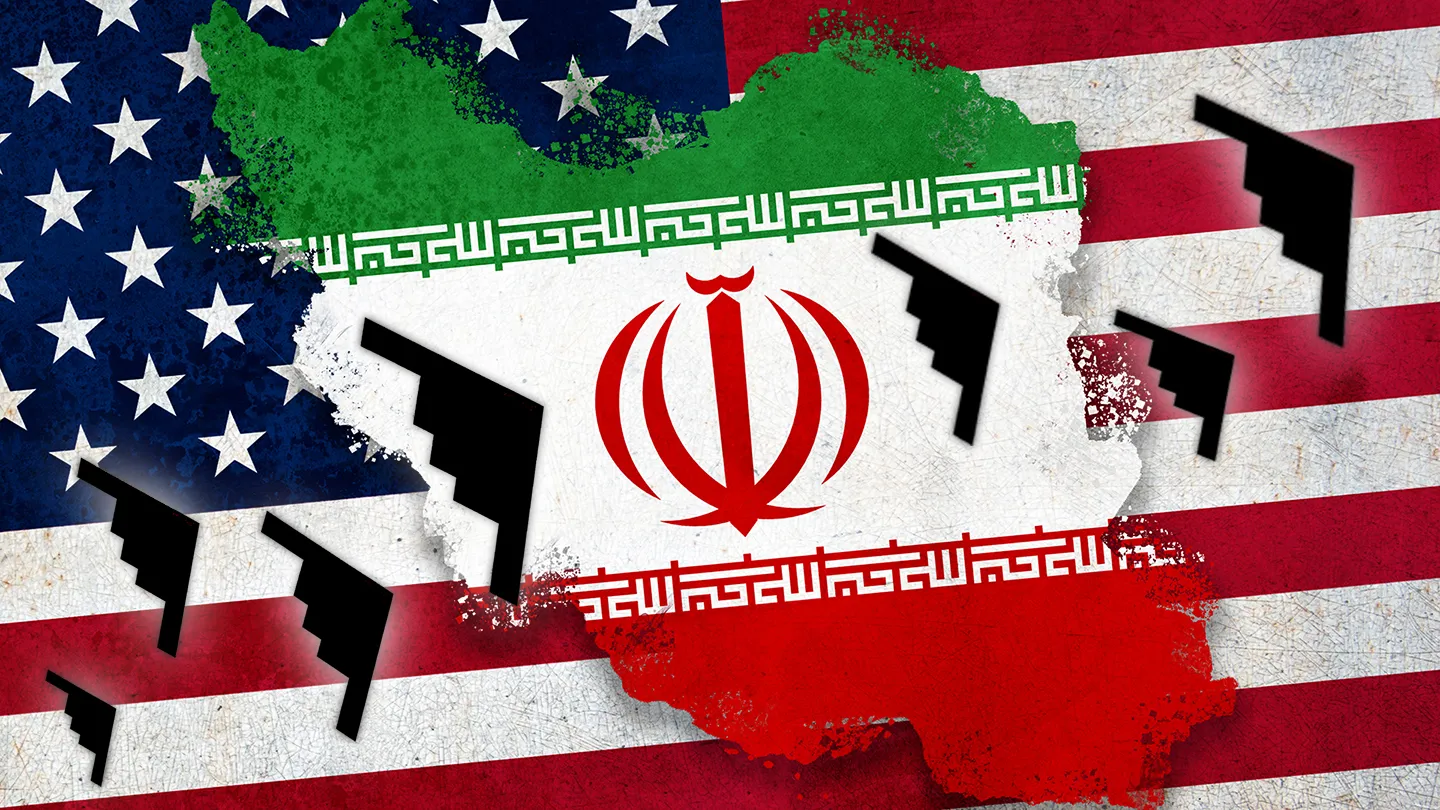
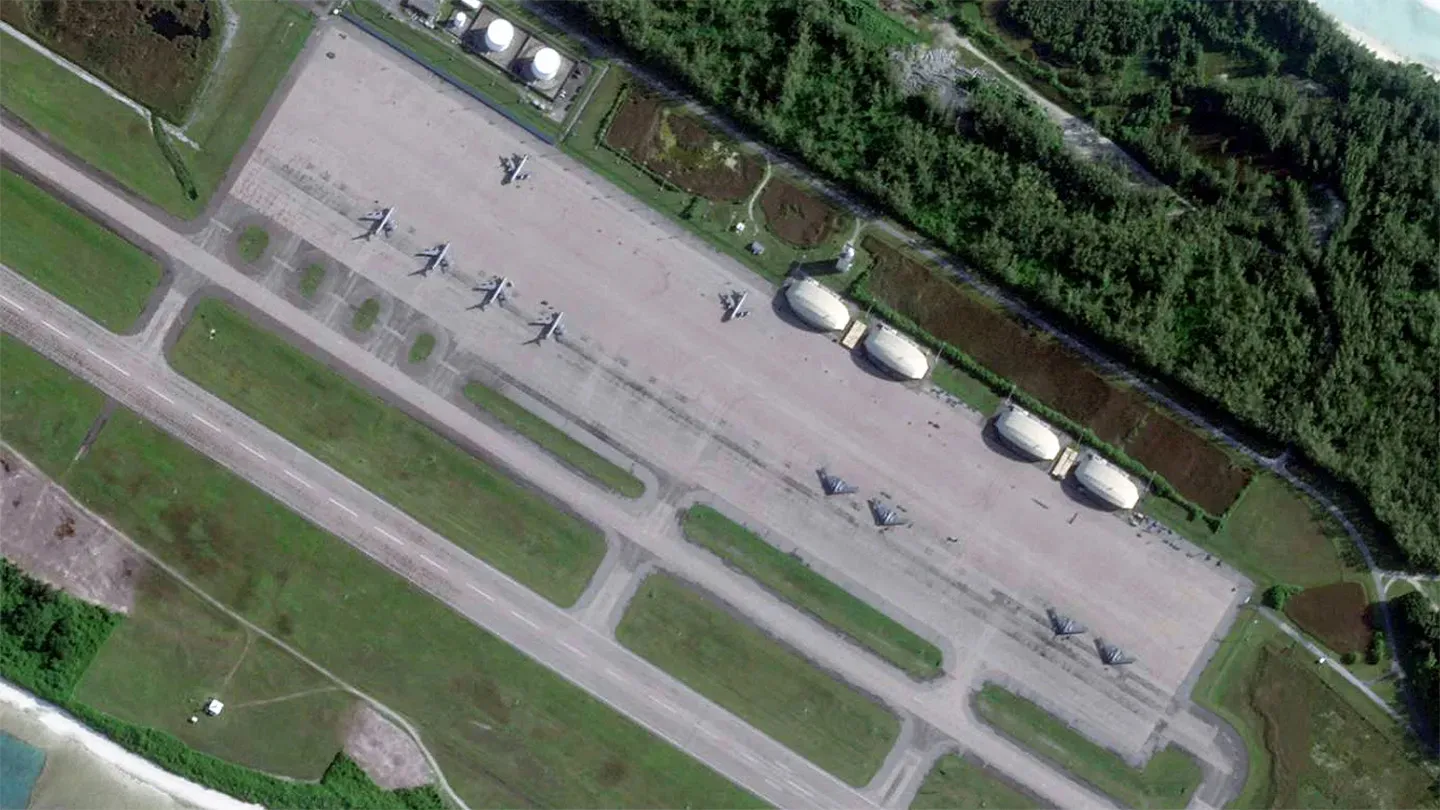
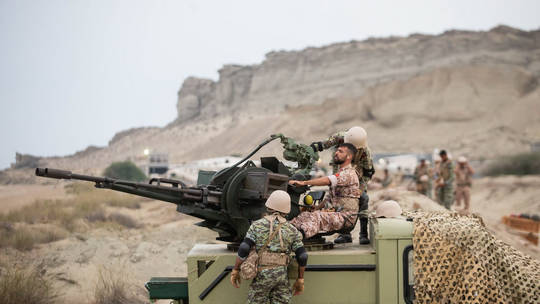
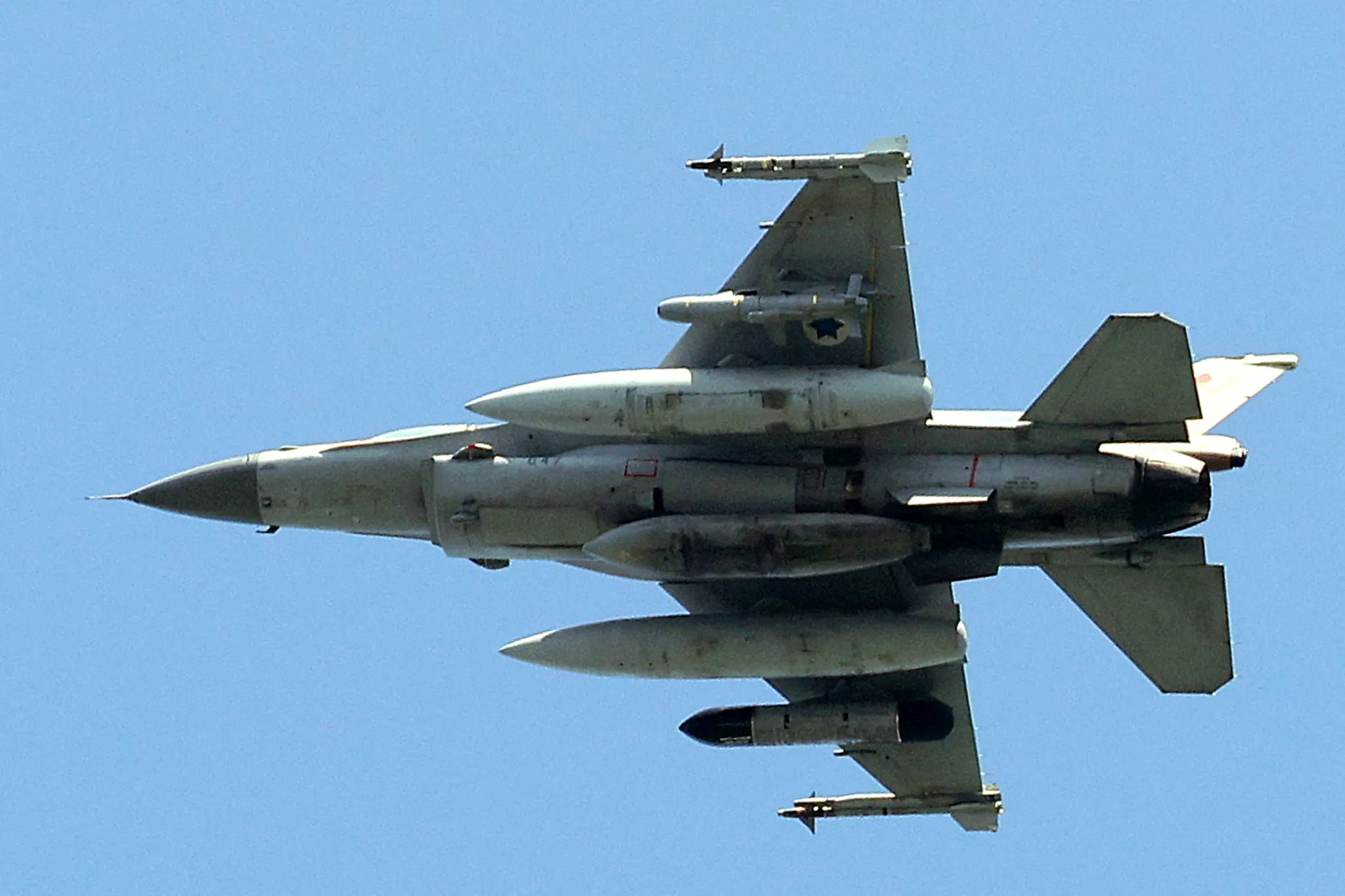
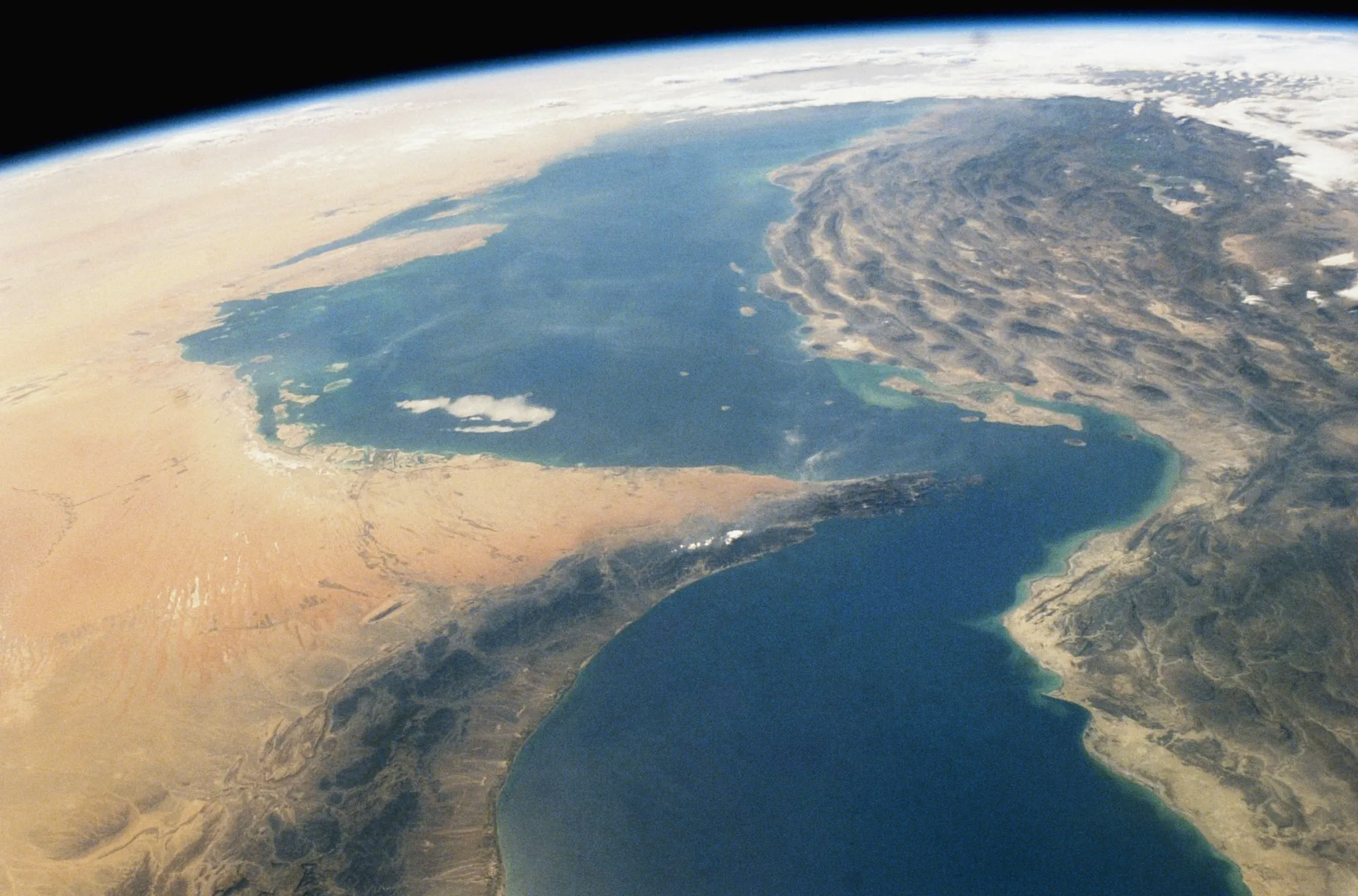
![[Photo] Scientific workshop "Building a socialist model associated with socialist people in Hai Phong city in the period of 2025-2030 and the following years"](https://vphoto.vietnam.vn/thumb/1200x675/vietnam/resource/IMAGE/2025/5/21/5098e06c813243b1bf5670f9dc20ad0a)
![[Photo] Prime Minister Pham Minh Chinh attends the groundbreaking ceremony of Trump International Hung Yen Project](https://vphoto.vietnam.vn/thumb/1200x675/vietnam/resource/IMAGE/2025/5/21/ca84b87a74da4cddb2992a86966284cf)
![[Photo] Determining the pairs in the team semi-finals of the National Table Tennis Championship of Nhan Dan Newspaper](https://vphoto.vietnam.vn/thumb/1200x675/vietnam/resource/IMAGE/2025/5/21/eacbf7ae6a59497e9ae5da8e63d227bf)


![[Photo] Prime Minister Pham Minh Chinh receives Rabbi Yoav Ben Tzur, Israeli Minister of Labor](https://vphoto.vietnam.vn/thumb/1200x675/vietnam/resource/IMAGE/2025/5/21/511bf6664512413ca5a275cbf3fb2f65)













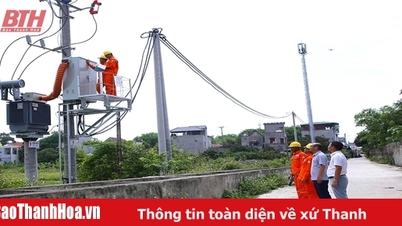



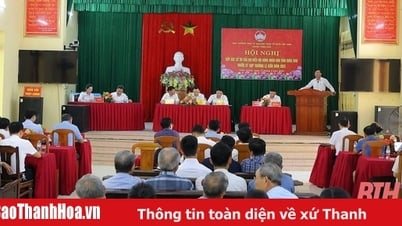
































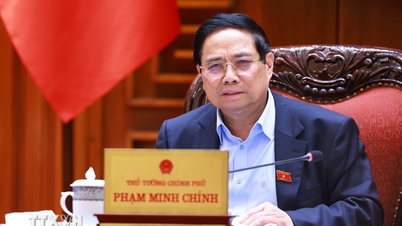



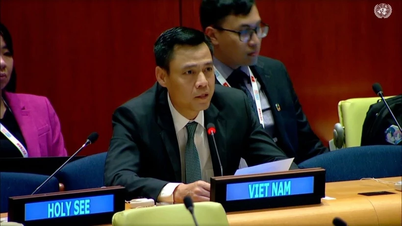
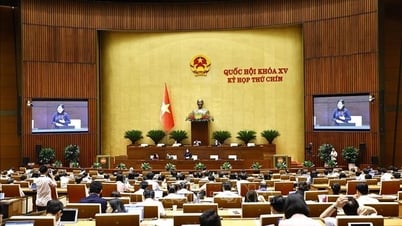

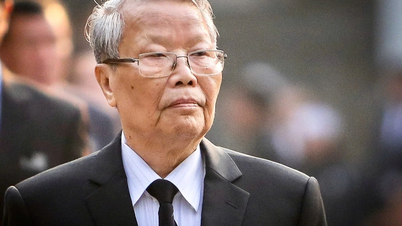











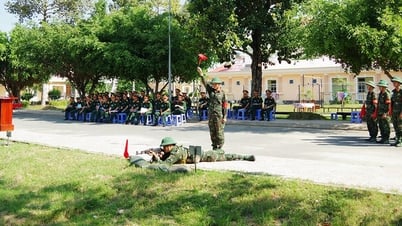




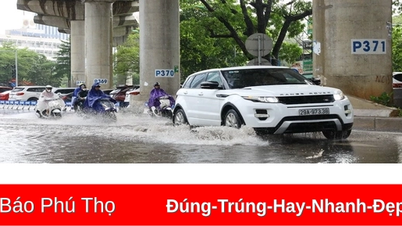












Comment (0)